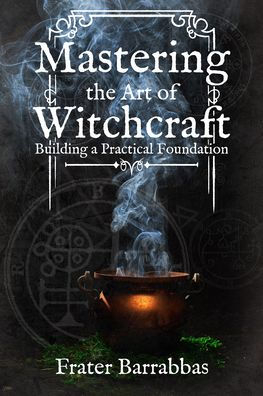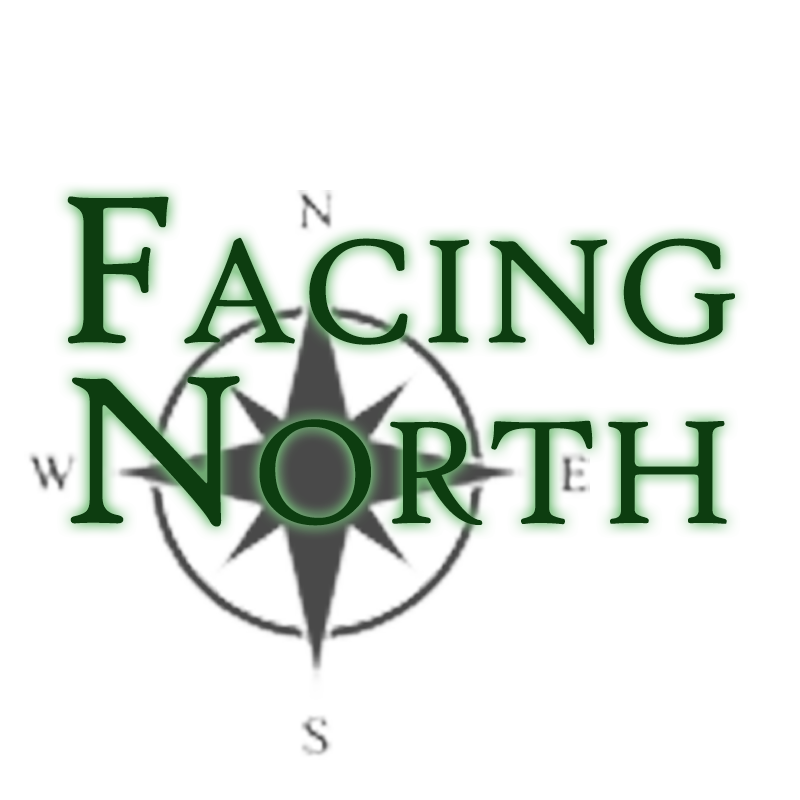Frater Barrabbas writes that he really didn’t want to write a beginner’s book, at all. He’s been an initiated witch since the 1970s. He’s the founder of a magical order. He’s written a slew of books, including a series called For Witches on topics ranging from spirit conjuring, elemental powers, talismanic magic, sacramental theurgy, and initiation. He thought if he wrote a beginners’ book it would be only “one of many thousands cluttering up a burgeoning marketplace, both online and in printed books.”
And yet, he thankfully succumbed to the invitation to write a beginners’ book because he finds that most of what’s been published does “not present the practice of Witchcraft as a complete system and a seamless discipline that combines religious rites with magical workings.” Most of the current witchcraft literature, he writes, covers this or that topic. Much of it is oriented toward practicing in groups, whereas Barrabbas’ ideal reader is that “special person who wants to practice outside of or in lieu of a coven.”
His thesis is that a “witch must possess their own magic and faith… Making a practice into a possession is what makes it both real and deeply internalized… Only when Witches possess their own regimen and practice, through their own individual and active use, will that discipline become truly their own.” Independence is crucial, he writes, because “when Witches end their allegiance to a group or coven, and that event typically happens to nearly everyone, then they will pass into their world of solitary practice with hardly a ripple of regret or despair.”
For the witch who’s “independent,” by choice or not, Mastering the Art of Witchcraft provides a packed curriculum, organized around two poles: religious dedication and magical working.
He describes how to set up a temple in one’s home, whether that’s an entire room or a little nook. He writes about tools, candles, tables, how to position items in a room to set up a shrine. He gives instructions on simple meditation and breathing exercise; on how to cast a circle; how to worship a deity or, preferably for him, a pantheon of deities. I especially liked his discussion about working with time: performing certain rites with the diurnal cycle of day and night, others with the monthly cycle of the Moon, others with the rotation of the Sun through the seasons. All of the first part of this short book is what he calls a witch’s liturgical practice. It’s a prerequisite to practicing magic because “a Witch does not do magic unaided or without the support of their elected Goddesses and Gods.”
As for magic, Barrabbas defines it as “the means to make changes in the material world or the self through the means of symbolic manipulation, within the conscious state where religious beliefs are grounded.” What does that mean? He explains that there’s a “close relationship between the linguistic world of symbols within the individual and collective minds of human beings and the material world and that a change in one promotes a change in the other.” What magic’s good for isn’t so much about performing miracles or yielding highly improbable events. Magic’s good for “bending probabilities,” and to succeed, a magical rite must be accompanied by taking steps in the mundane world. As for techniques, Barrabbas introduces the reader to the use of sigils, pentagrams, divination practices, all of which are part of what he calls an “energy model.”
Mastering the Art of Witchcraft is a sixth volume, serving as a prelude, to Frater Barrabbas’ For Witches series. It’s a powerful “beginner’s book.” I’m glad he was persuaded to write it.
~review by Sara R. Diamond
Author: Frater Barrabbas
Crossed Crow Books, 2024
152 pp., $21.95

